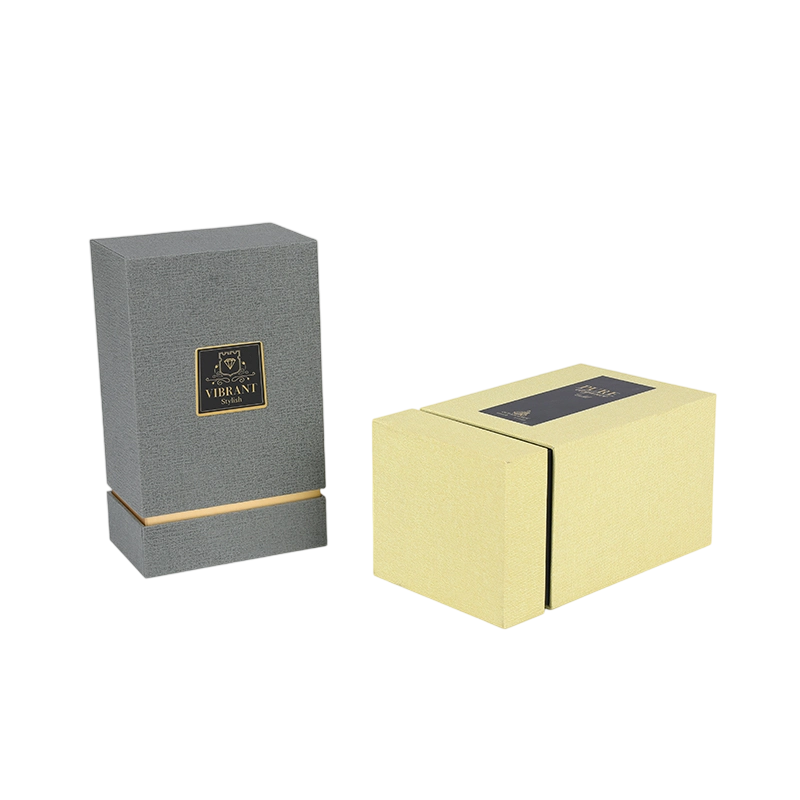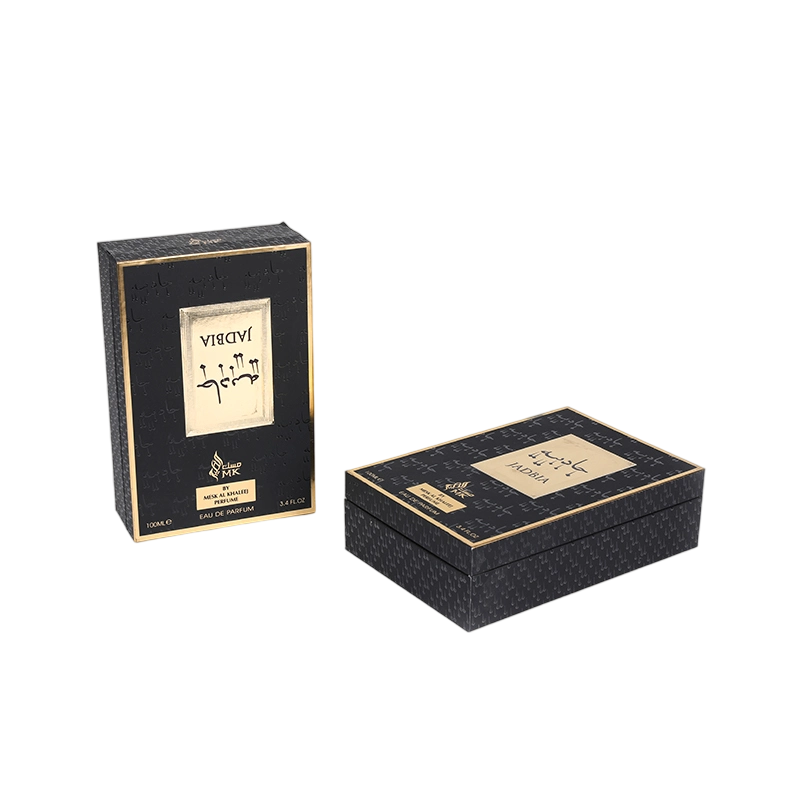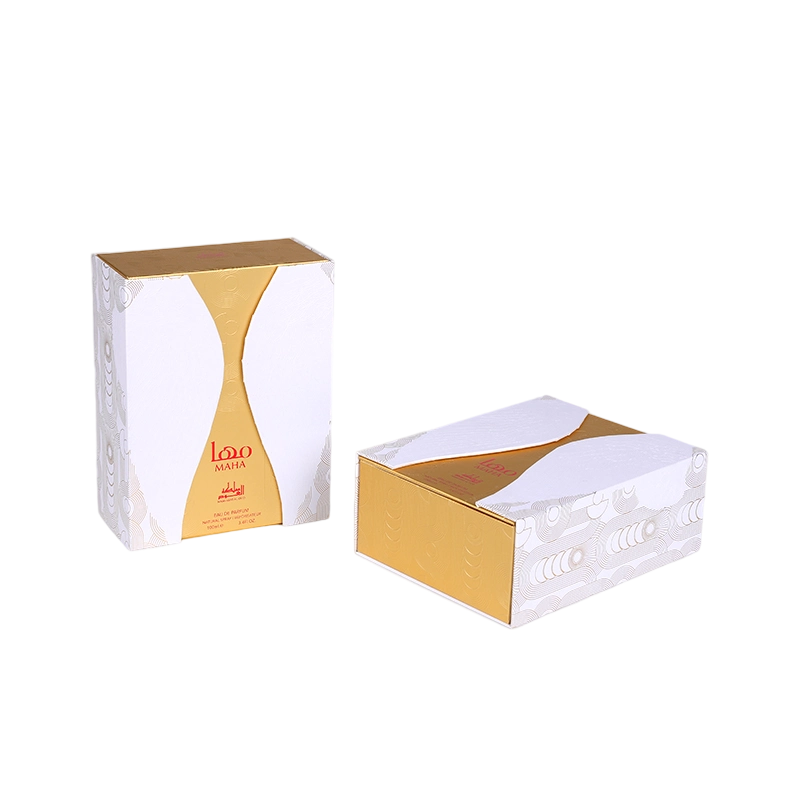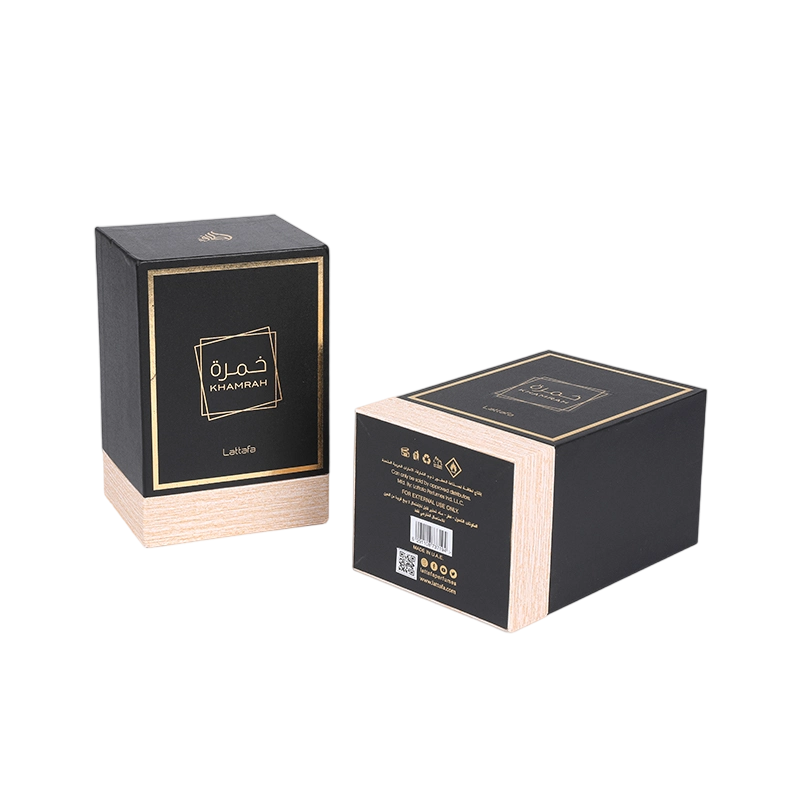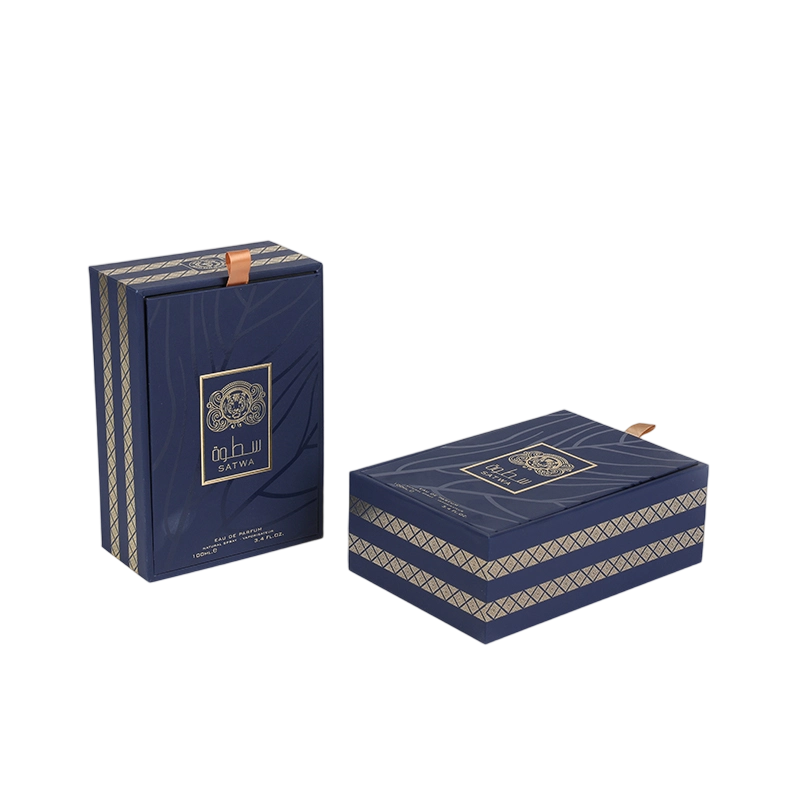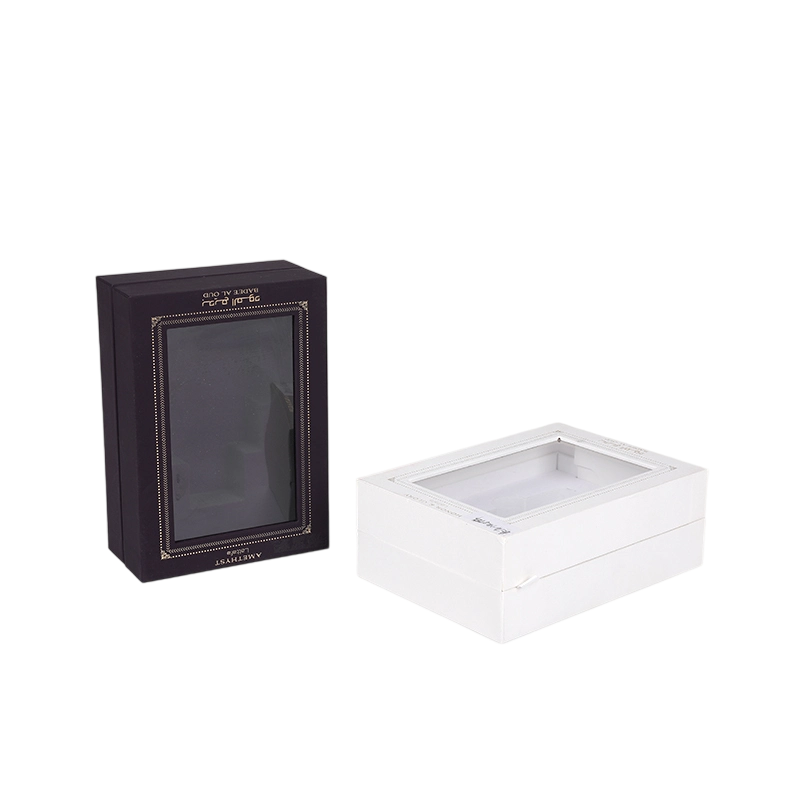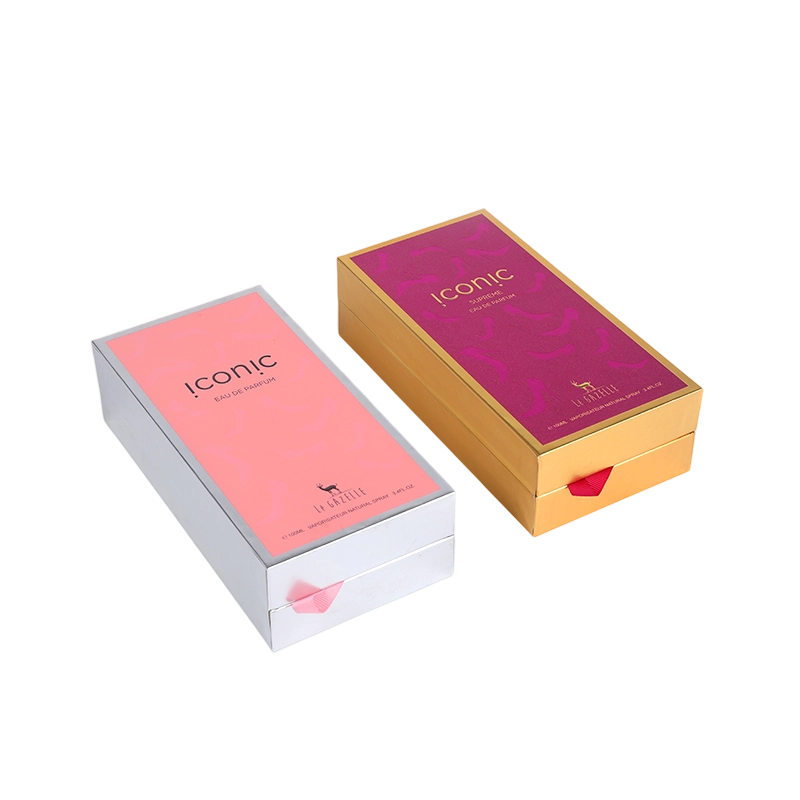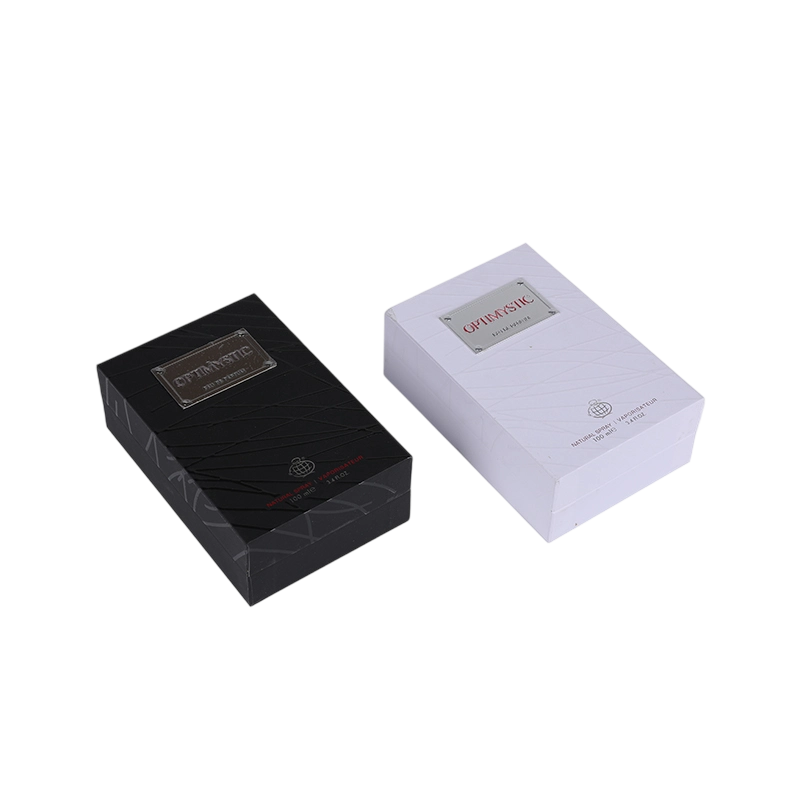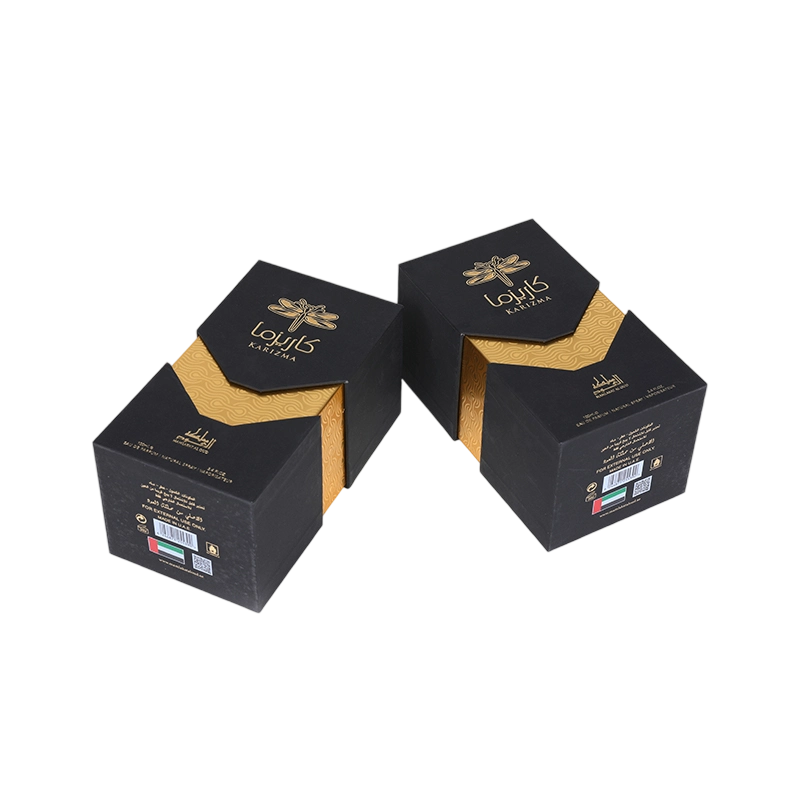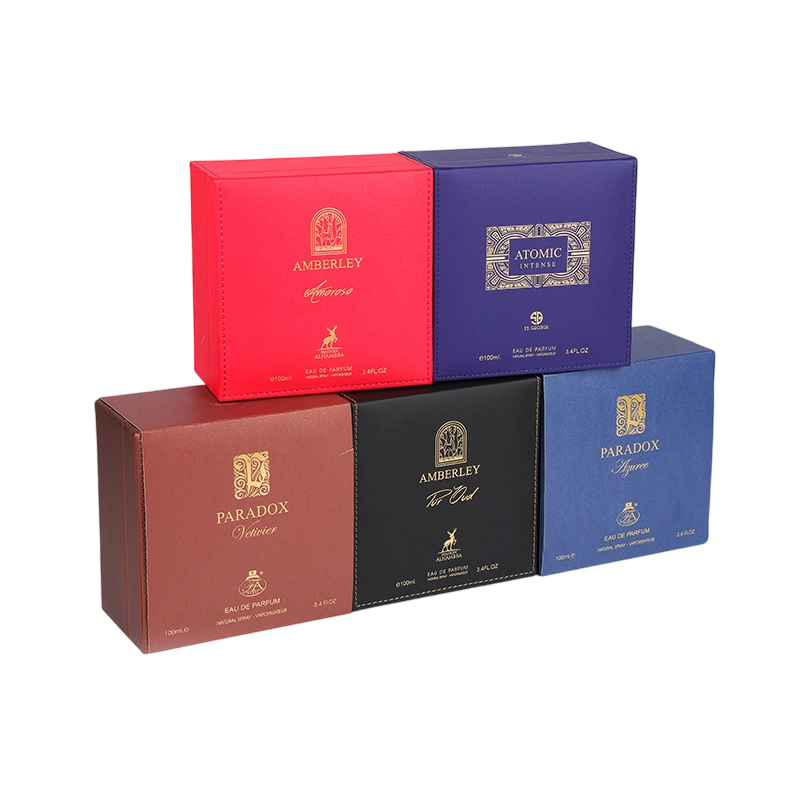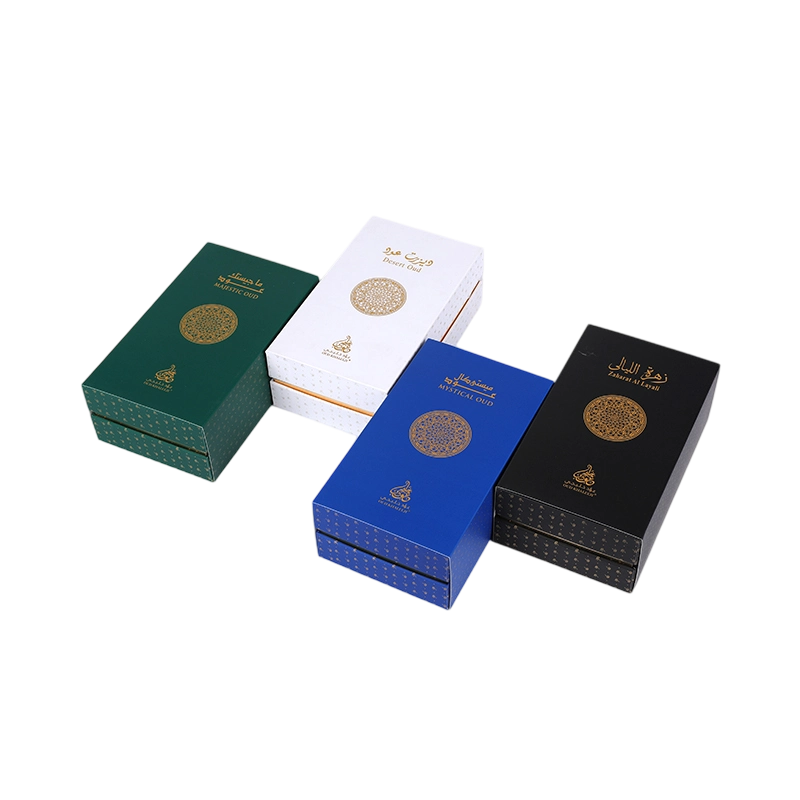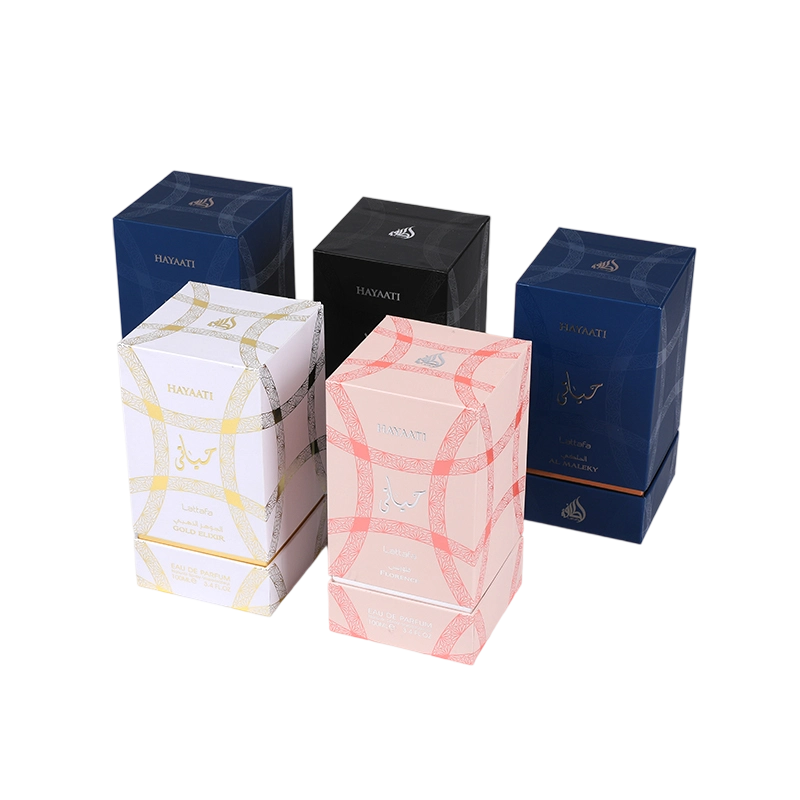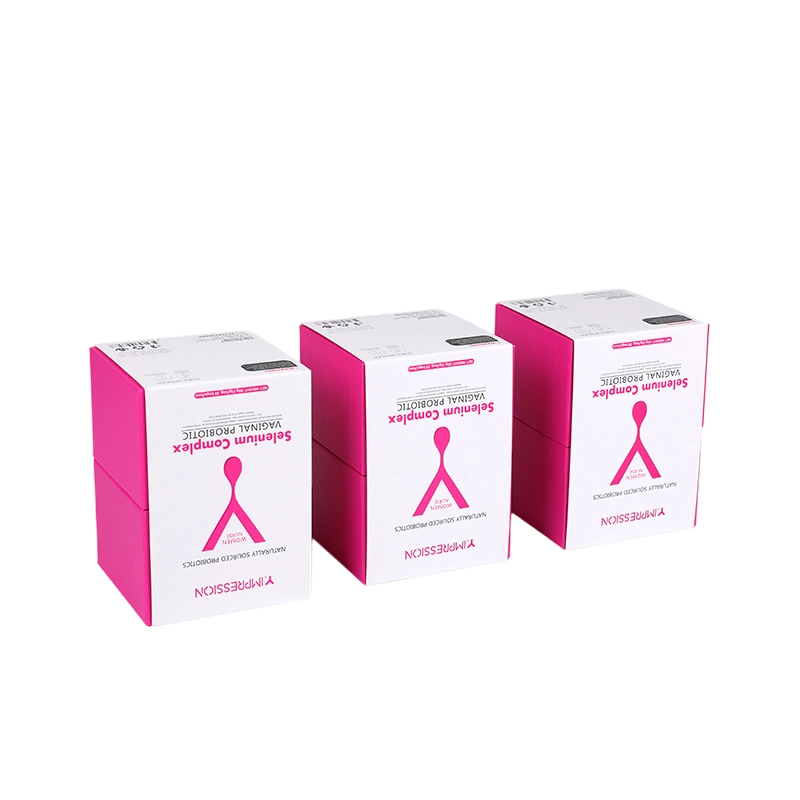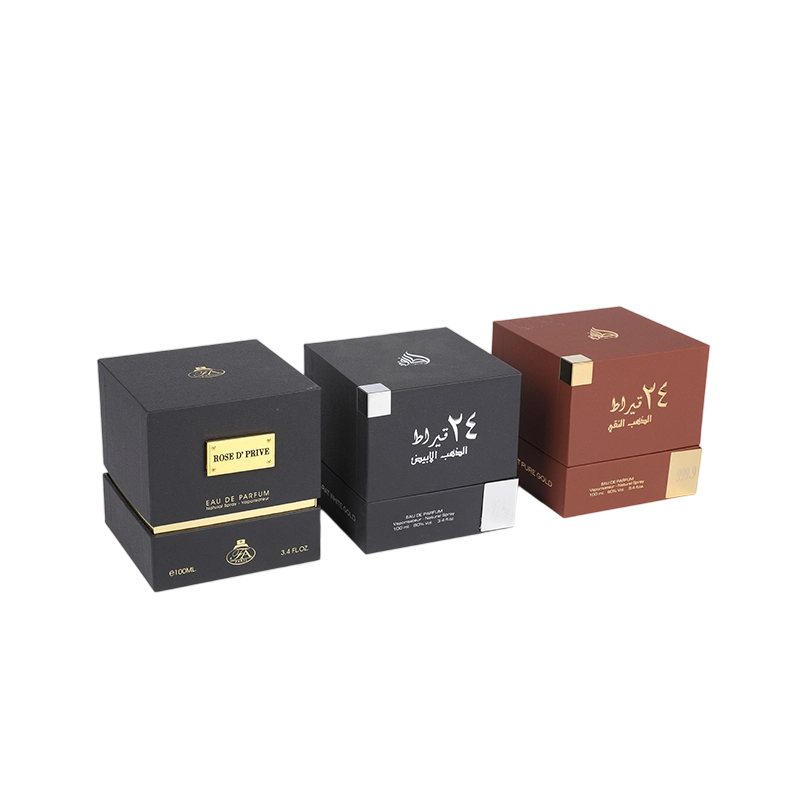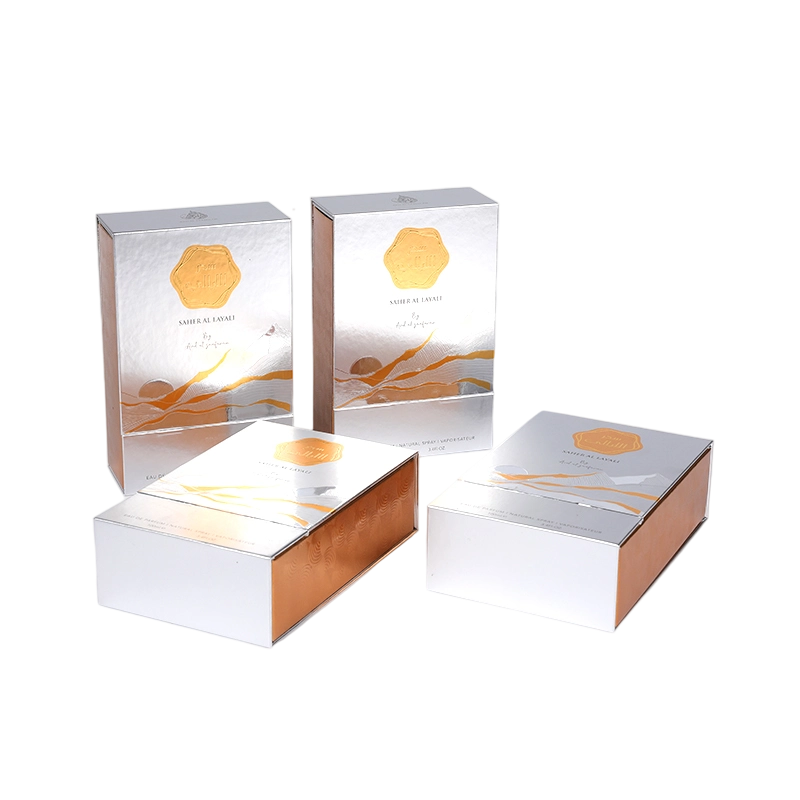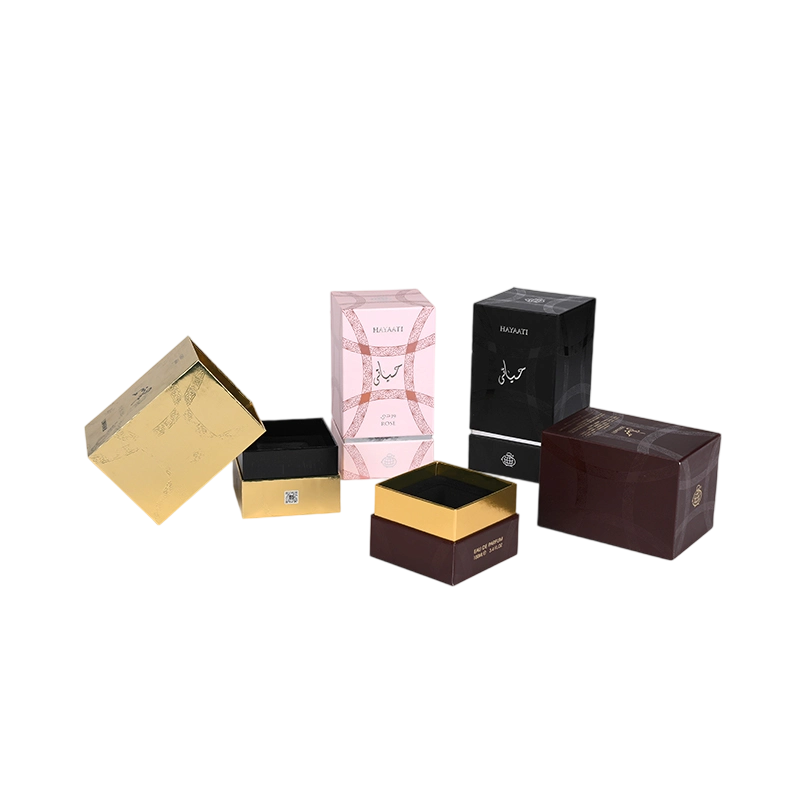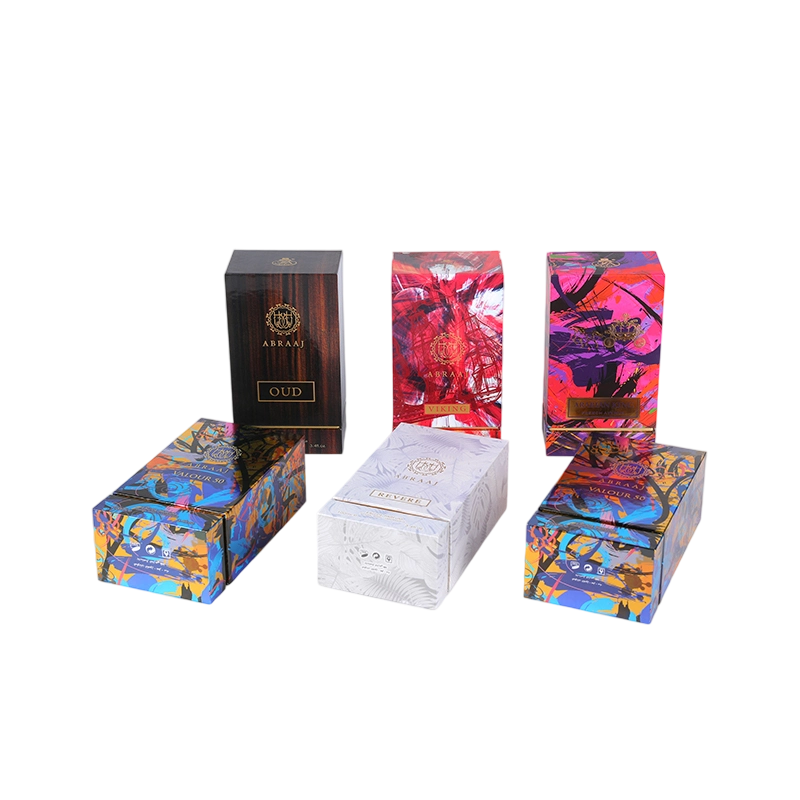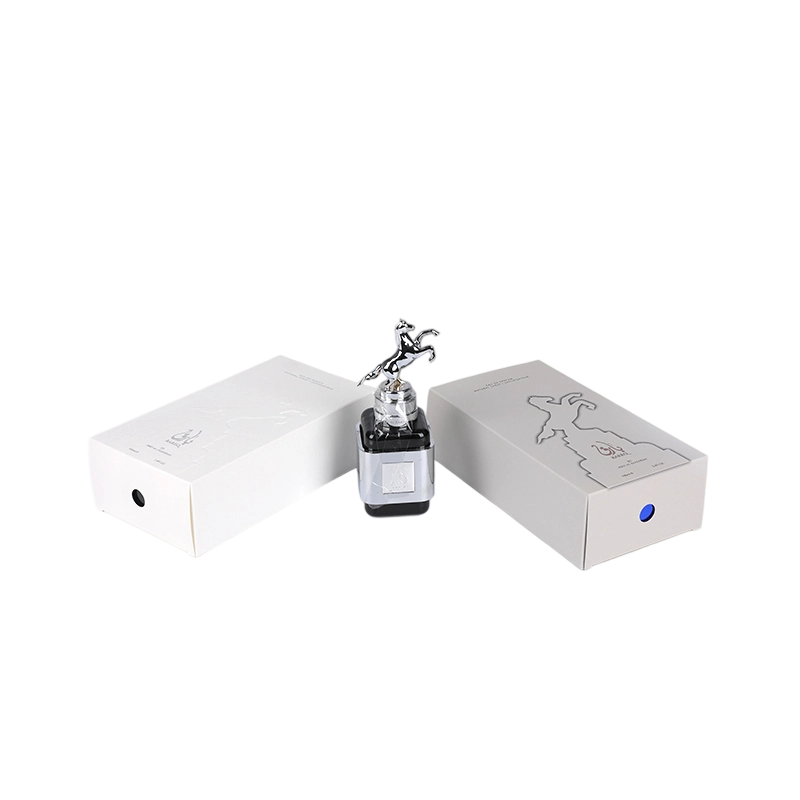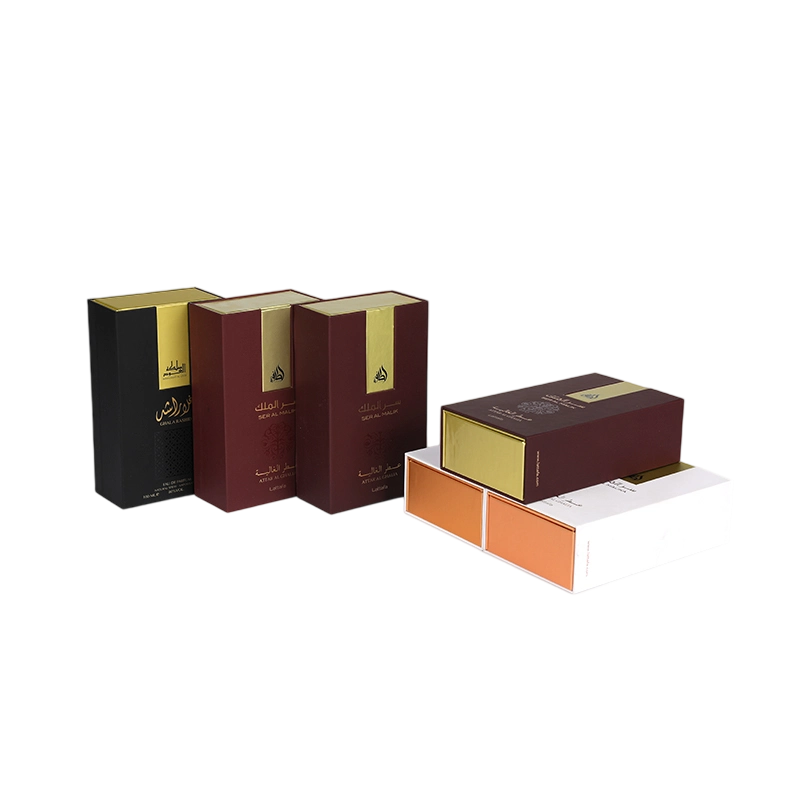Packaging plays a crucial role in how products are perceived, whether for retail, personal gifting, or promotional purposes. While both gift boxes and ordinary packaging bags are used to contain items, they serve distinct purposes and convey different levels of value and presentation. Understanding the differences between a gift box and an ordinary packaging bag is essential for businesses, marketers, and consumers who want to create the right impression.
1. Visual Appeal and Presentation
The most obvious difference between a gift box and an ordinary packaging bag is visual appeal.
- Gift boxes are designed to enhance the presentation of the item inside. They often feature elegant designs, vibrant colors, and decorative elements such as ribbons, embossing, or textured surfaces. The rigid structure and thoughtful finishing make gift boxes look premium and luxurious, which can significantly enhance the perceived value of the contents.
- Ordinary packaging bags, such as plastic or paper shopping bags, prioritize practicality over aesthetics. They are usually simple in design, lightweight, and meant for temporary transport rather than long-term presentation. While they can carry branding elements like logos, they generally do not convey the same sense of care, sophistication, or occasion as a gift box.
In essence, gift boxes are about experience and impression, while ordinary bags are about functionality and convenience.
2. Material and Durability
Another major difference lies in the materials and durability.
- Gift boxes are typically made from sturdy materials, such as cardboard, rigid paperboard, or even specialty plastics. This rigid construction protects delicate or high-value items and ensures that the packaging maintains its shape and aesthetics.
- Packaging bags, on the other hand, are usually made from thin paper, plastic, or fabric, prioritizing flexibility and cost-effectiveness. While they are convenient for carrying, they provide limited protection against impact, crushing, or moisture.
The durability of gift boxes not only protects the item but also allows them to be kept or reused as storage or decorative items, enhancing their long-term value.
3. Functional Purpose
Functionality is another key distinction.
- Gift boxes are primarily designed for gifting and presentation. They often include features such as removable lids, compartments, or inserts to hold items securely in place. This ensures that the unboxing experience is pleasant and organized, reflecting thoughtfulness and attention to detail.
- Ordinary packaging bags are designed for transport and convenience. Their main function is to carry items from one place to another, without emphasizing aesthetics or presentation. While they are efficient for bulk transport or casual shopping, they do not offer the same experience as a gift box.
This difference in purpose makes gift boxes ideal for special occasions, celebrations, or premium product packaging, whereas bags are more suitable for everyday use or retail shopping.
4. Psychological and Emotional Impact
The packaging choice affects how the recipient perceives the gift.
- A gift box adds anticipation and excitement. Its structured, often luxurious design signals that the contents are special, making the recipient feel valued and appreciated.
- An ordinary packaging bag, while practical, conveys casualness and can make the gift feel less thoughtful or premium.
Marketers and retailers understand that packaging can influence brand perception and customer satisfaction. Using gift boxes for high-end products can create a memorable unboxing experience, leading to repeat purchases and positive word-of-mouth.
5. Customization and Branding Opportunities
Gift boxes offer greater opportunities for customization. They can be tailored with logos, colors, patterns, and finishing touches to align with brand identity or personal style. Some even include embossed lettering, foil stamping, or magnetic closures for an extra premium feel.
Packaging bags can also be customized, but the options are often limited due to the material’s flexibility and lower durability. While logos and colors can be printed on bags, they rarely offer the luxury feel or tactile quality that a well-designed gift box provides.
6. Reusability and Sustainability
Gift boxes tend to be more reusable. Their sturdy construction allows them to be repurposed for storage, decoration, or even as keepsakes. This reusability can enhance environmental sustainability by reducing single-use waste.
Ordinary packaging bags are often single-use, especially thin plastic bags, which contribute to environmental waste if not properly recycled. Even paper bags, while recyclable, generally have a shorter lifespan and lower perceived value for reuse.
Conclusion
In summary, the differences between a gift box and an ordinary packaging bag go beyond mere appearance. Gift boxes are premium, durable, and presentation-focused, designed to enhance the gifting experience, convey value, and provide long-term use. Ordinary packaging bags prioritize functionality, convenience, and cost-effectiveness, serving mainly as temporary carriers rather than as part of the gifting experience.
Choosing a gift box over an ordinary bag can significantly impact how a product or gift is perceived, improve the unboxing experience, and leave a lasting impression. While both serve a purpose, gift boxes are the ideal choice when presentation, protection, and emotional impact matter most.


 English
English 中文简体
中文简体 عربى
عربى
